In an era where glowing skin is often celebrated as a hallmark of health and vitality, tan outside has become a popular pursuit for many. However, it is essential to take caution while tanning under the sun’s rays without sunscreen. The sun’s ultraviolet (UV) radiation can penetrate the skin, causing harmful effects such as skin damage, premature aging, and an increased likelihood of skin cancer. Taking preventative measures such as using sunscreen is crucial to protect the skin from harmful UV radiation. This blog explores the complex issue of tanning outdoors without sunscreen, offering insights into how long one might consider doing so while emphasizing the importance of skin protection.
How Does UV Radiation Affect Our Skin?
Sunlight contains two harmful rays that reach the Earth: UVA and UVB. UVA rays penetrate our skin more deeply, leading to signs of aging such as under-eye wrinkles, forehead wrinkles, and age spots. UVB rays mostly affect the skin’s surface and can cause sunburn, while UVA rays penetrate deeper into the skin and contribute to the risk of skin cancer. It’s important to remember that any tan caused by exposure to the sun without wearing sunscreen is a sign of skin damage. This is because the darkening of the skin is the body’s natural defense mechanism against UV radiation.
The Myth Of A “Safe” Tan
The concept of a “safe” tan is largely a myth. Dermatologists assert that there is no safe way to tan without risking damage to your skin. When the skin tries to protect itself from DNA damage, it results in a tan. This defense mechanism is not perfect and causes the skin to darken. This process does not safeguard against harm; it’s a clear sign that your skin has been damaged.
How Long Can You Tan Without Sunscreen?
The answer to how long one should tan without sunscreen is complex. It depends on 4 factors, including:
- Skin Type
- UV Index
- Time Of Day
- Geographical Location
Skin Types
Categorized from I to VI based on how likely they are to burn or tan, they significantly determine susceptibility to UV damage. For example, individuals with Type I skin (very fair skin, red or blond hair, blue eyes, freckles) may burn in just a few minutes, while those with Type II skin (dark brown to black skin) have a much lower risk of burning.
The UV Index
The UV index measures the strength of sunburn-producing UV radiation at a particular place and time, and it is a critical factor. A UV index of 0-2 is considered low, while an index of 11 or more signifies extreme exposure risk.
Time Of The Day
The time of the day affects UV exposure, with the sun’s rays being strongest between 10 a.m. and 4 p.m.
Geographical Location
Geographical location plays a crucial role in determining the intensity of UV radiation exposure and, consequently, the safety and duration of tanning without sunscreen. This is because the Earth’s surface receives varying levels of sunlight depending on latitude, elevation, and the time of year.
Alternatives To Tanning Without UV Exposure
For those seeking the appearance of tanned skin without the risks associated with UV exposure, consider the following safer alternatives:
- Self-tanning products: These can provide a tan-like appearance without UV exposure. Available in lotions, creams, and sprays, these products are a safe way to achieve a bronzed look.
- Spray tans: Professional spray tanning services apply a fine mist of tanning solution to the body, offering a customizable and even tan that does not involve UV radiation.
Protective Measures For Sun Exposure
If you decide to spend time outdoors, taking skin moisture management strategies to minimize UV damage is crucial:
- Use sunscreen: Apply broad-spectrum sun protection with an SPF of 30 or higher, and reapply on your body every two hours or after swimming or sweating.
- Check the UV Index: Many weather services provide UV index forecasts. Use this information to plan your outdoor activities and protect yourself accordingly.
- Seek shade: Especially during the mid-day hours when the sun’s rays are strongest.
- Wear protective clothing: Long-sleeved shirts, pants, wide-brimmed hats, and sunglasses can protect our skin from UV rays.
Bottom Line
The desire for tanned skin should not outweigh the importance of healthy skin. While the allure of a sun-kissed glow is understandable, the risks associated with tanning without sunscreen are significant. Skin cancer, premature aging, and other forms of UV damage are real consequences of unprotected sun exposure. Health experts and dermatologists strongly advise against tanning without sunscreen, emphasizing the importance of protective measures and safer alternatives to achieve the desired aesthetic. Ultimately, embracing and protecting your natural skin tone is the safest and most health-conscious choice.
Frequently Asked Questions
What Is The UV Index, And How Does It Impact Tanning?
The UV index measures the strength of sunburn-causing UV radiation at a specific time and place. A higher index indicates a greater risk of skin damage. It’s crucial to check the UV index to minimize harmful exposure, especially during outdoor activities.
How Does Geographical Location Affect Tanning?
Geographical location influences UV exposure levels. Areas closer to the equator receive higher levels of direct sunlight, increasing the risk of skin damage from UV radiation. Altitude also plays a role; UV exposure increases by about 10% with every 1,000 meters above sea level.
Can People With Dark Skin Skip Sunscreen?
Even though darker skin has more melanin, which offers some protection against UV damage, it does not provide complete protection. People with dark skin can still get sunburned and develop skin cancer, so sunscreen is recommended.

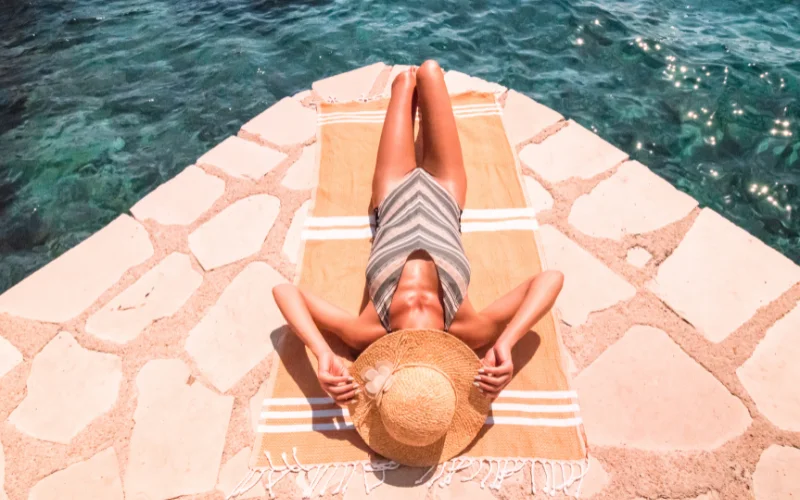
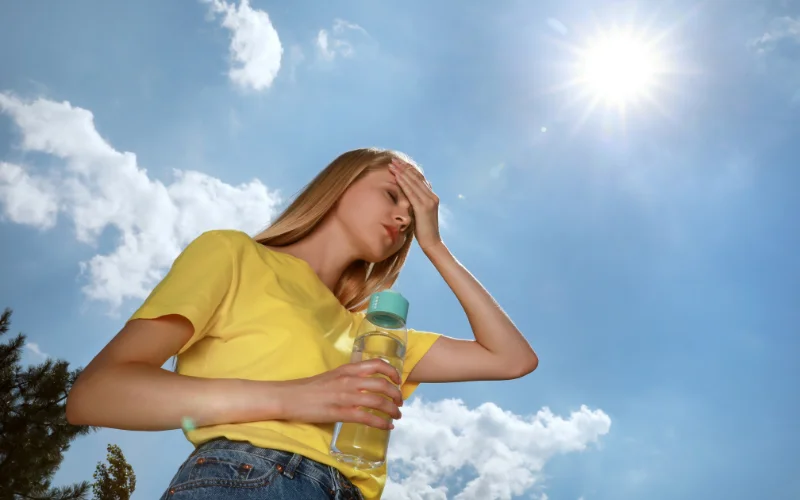
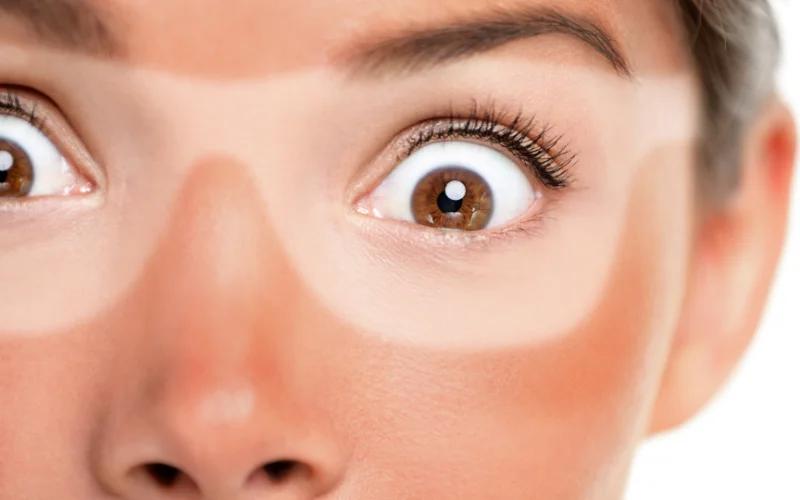
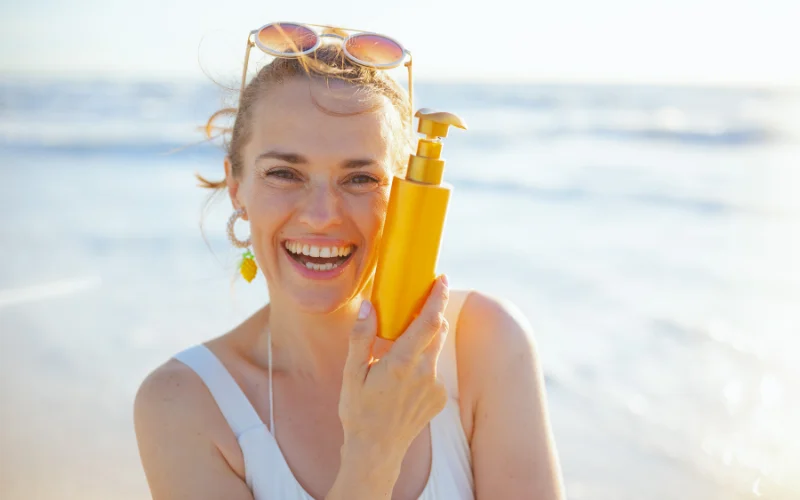
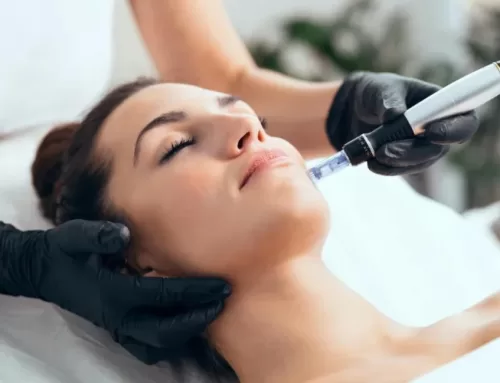

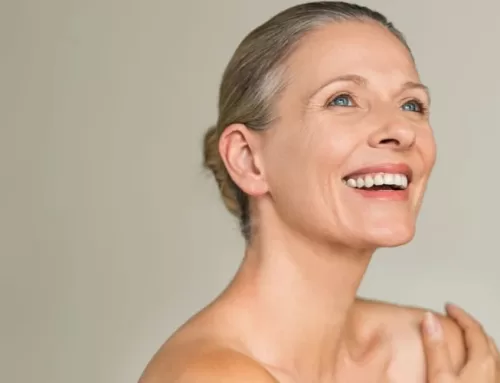
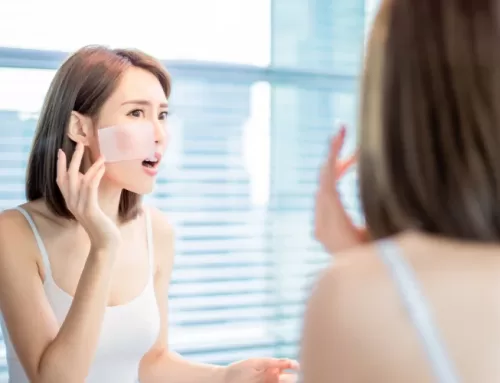
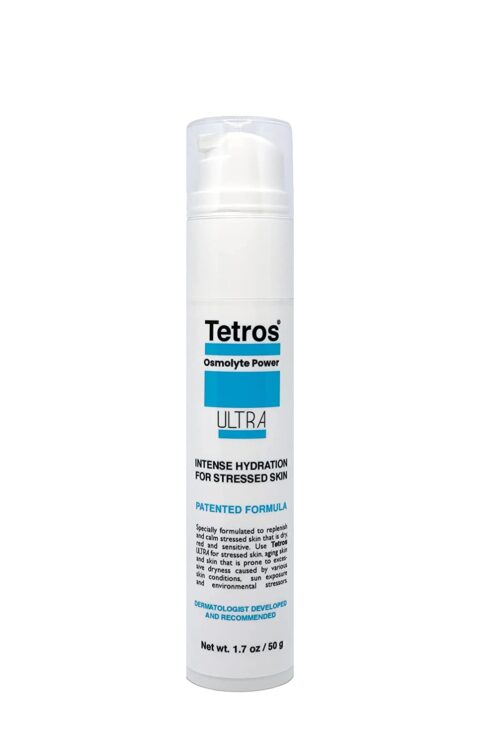
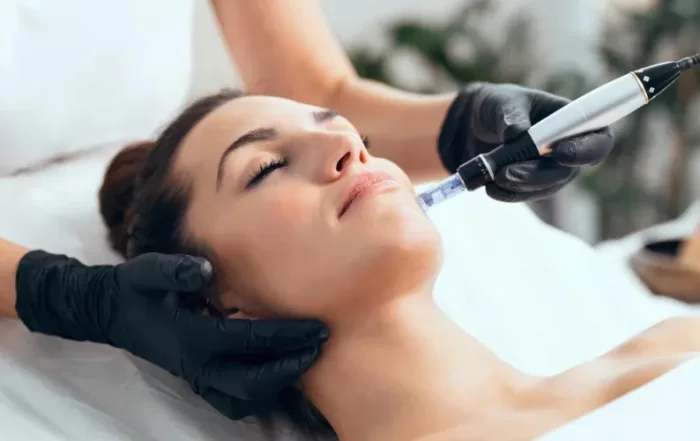

Leave A Comment